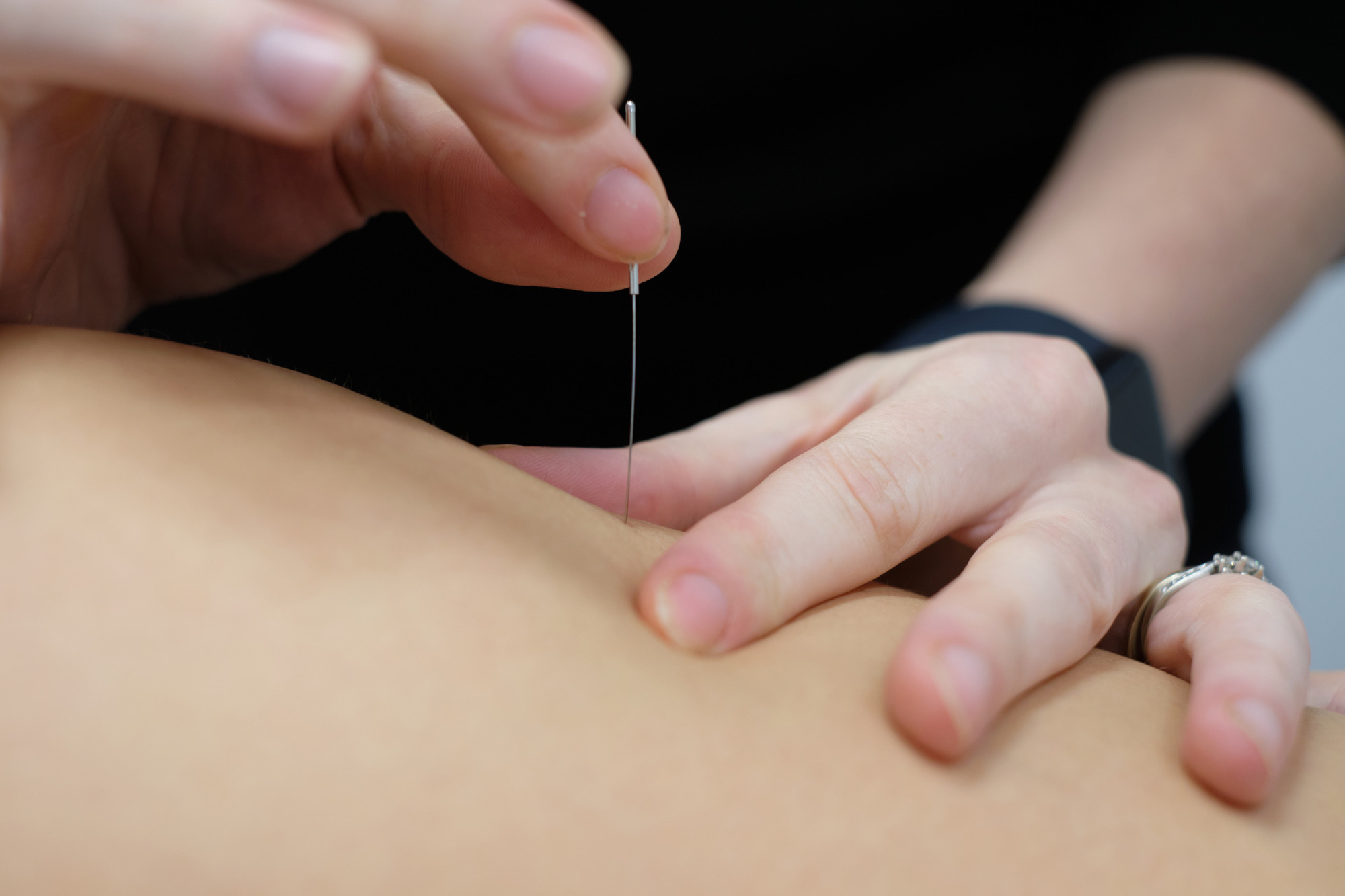Dry Needling
What is Dry Needling?
Dry Needling is also known as myofascial trigger point needling. It involves the use of an acupuncture needle and is a subcategory of western medical acupuncture. The term 'dry' comes from Janet G. Travell MD, who in her book 'Myofascial Pain and Dysfunction: Trigger Point Manual' differentiated between two hypodermic needle techniques. One technique involved the injection of local anaesthetic whereas the other did not involve injection of any solution, hence the term 'dry'.
The technique involves the insertion of an acupuncture needle into a muscle 'trigger point' through careful palpation. A trigger point consists of contraction knots within the muscle that can cause or maintain pain levels. Proper dry needling technique will elicit a local twitch response (LTR) which is an involuntary twitch within the muscle as a result of a spinal cord reflex. It is thought that this LTR can activate endogeneous opioids that have an analgesic effect. The technique may then be repeated throughout a muscle group to ensure that the entire muscle has been treated.
Dry needling can cause some discomfort within the muscle and this may last for anywhere between 1 to 24 hours. Quite often there can be an immediate reduction in symptoms following dry needling which can help determine whether or not a muscle group is involved in pain production.



